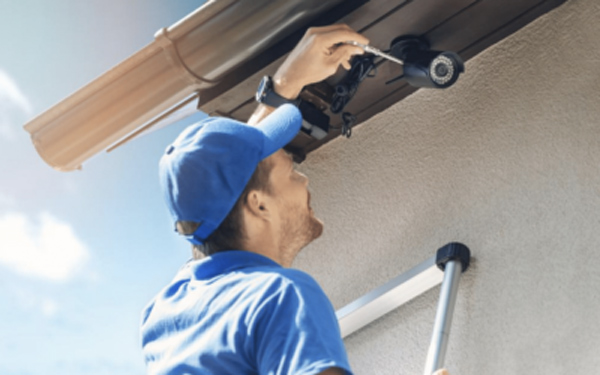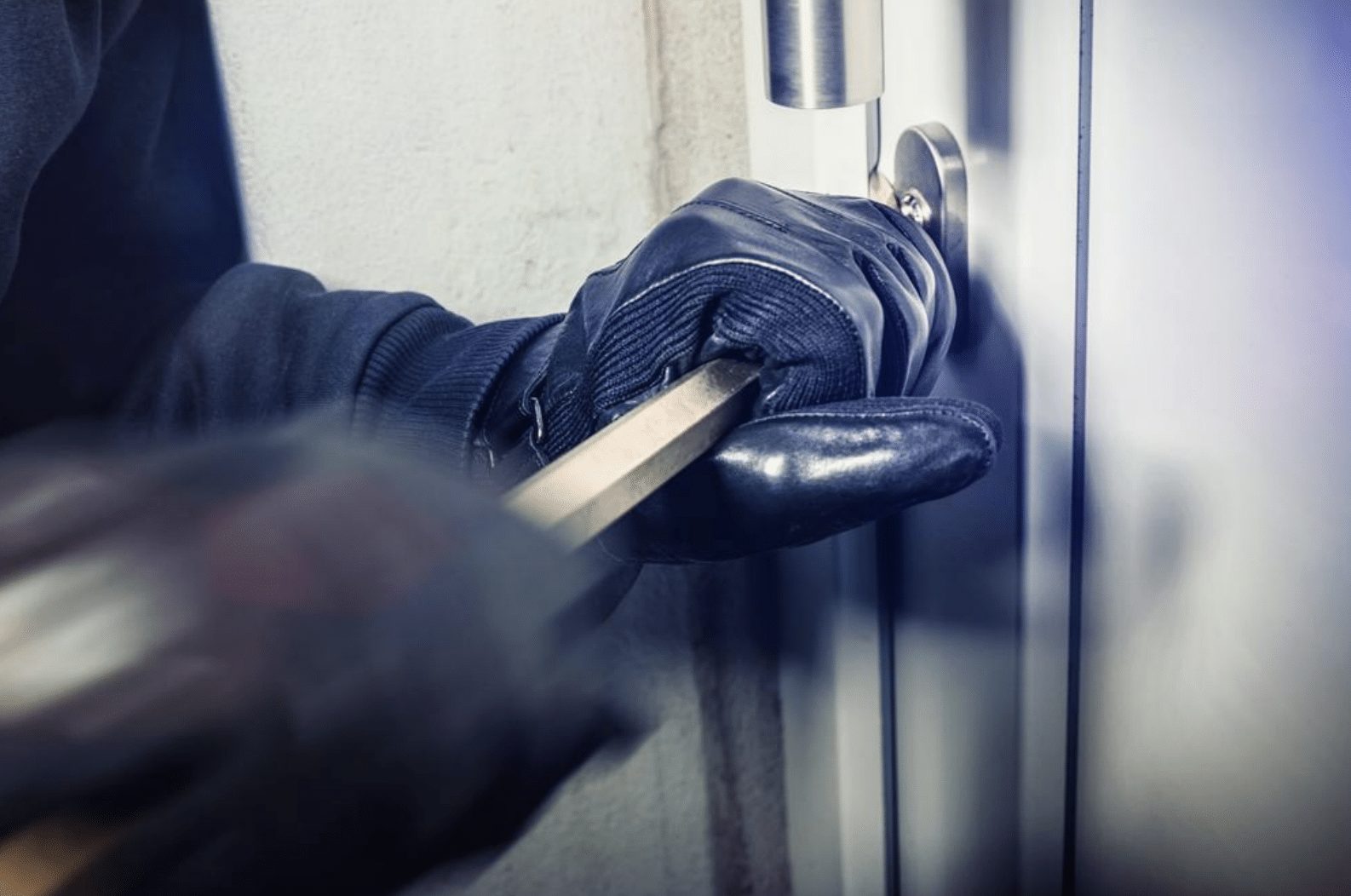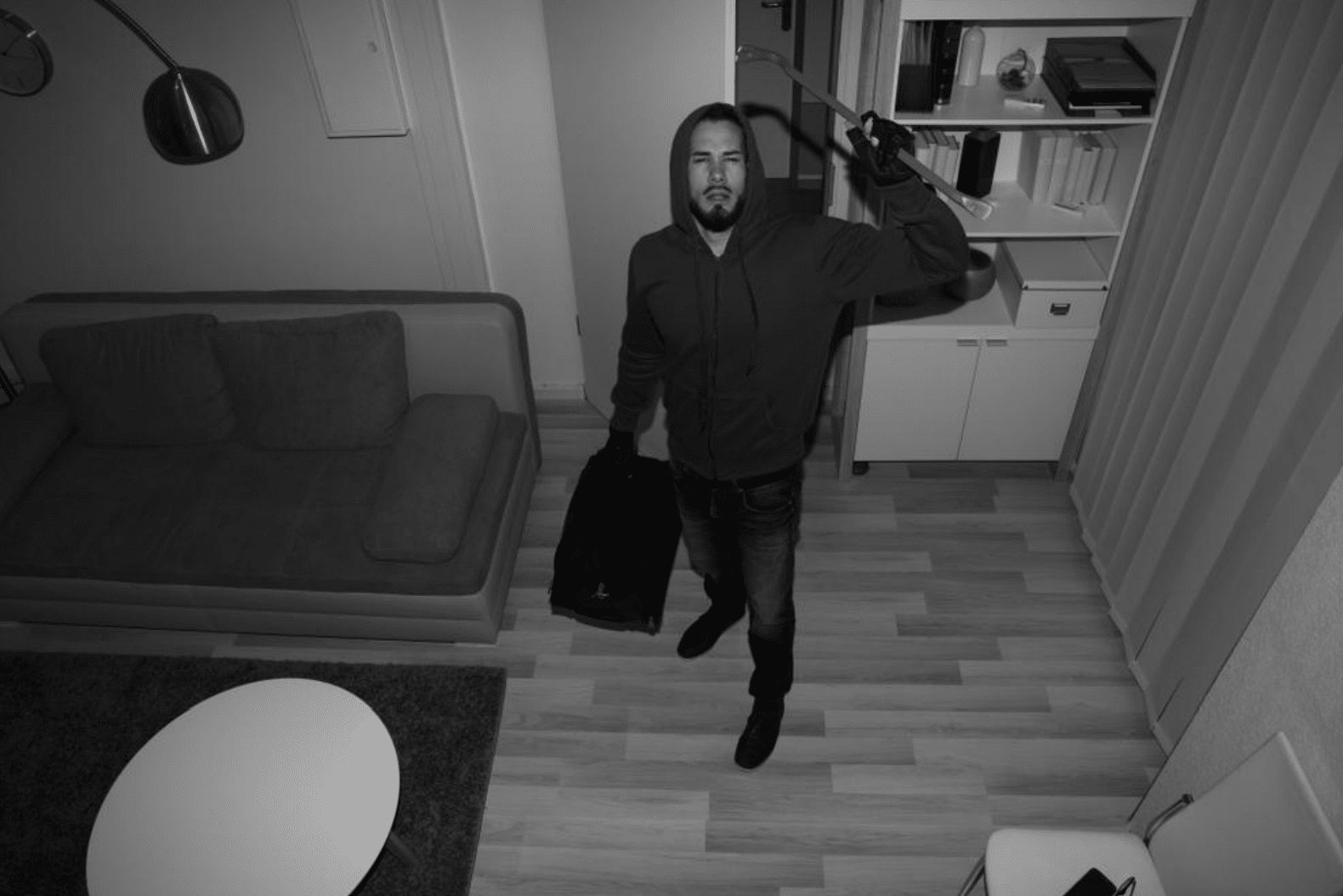Where to Place Your Security Cameras

In real estate, the mantra is location, location, location.
The same can be said about your home security camera placement, as not all locations are created equal.
With well over one million burglaries each year in the US — that’s an average of more than two each minute — it makes sense to take active steps to protect you, your family, and your property.
After all, a home with a security system is 3x less likely to be targeted by thieves. Despite that, only 23.9% of Americans have one in place.
You definitely don’t want to be part of that majority, especially considering that experts believe 75% of residences in the US will be robbed at some point between now and 2039.
But just having a system isn’t enough. Security camera layout is just as important as having them in the first place. Location, location, location.
Where to install security cameras is not a one-size-fits-all scenario. Every property is different, and your layout should be unique to your residence.
That said, there are some things that you just can’t ignore.
Security Cameras: The Exterior Hot Spots
One camera is better than none. Two is better than one, and three is better than two.
See where we’re going with this? In order to provide adequate coverage, you need to refer to the data, consider the odds, and cover your bases:
-
- Point-of-entry is the front door in 34% of reported burglaries
- Access through a ground-floor window occurs in 23% of break-ins
- 22% of burglars enter via the more secluded back door
- 9% opt for getting in through the garage
- Despite the obvious difficulty, a second-floor window is point-of-access in roughly 2% of burglaries
Front door cameras and doorbell systems are affordable and commonplace these days, but if you stop there you’re leaving two-thirds of preferred entry points unwatched.
Yes, it’s important to keep doors and windows locked, but up to 95% of burglaries are the result of forced entry. Doors can be pried open, windows can be smashed, and locks can be picked.

A locked door is better than an unlocked one, but it often provides an inflated sense of security. Shore them up with strategically placed security cameras to further deter criminals.
Your outdoor security camera placement should definitely include:
- Your front door
- Your back or deck door
- Off-street ground floor windows
Just those three cover the entry point of nearly 80% of reported burglaries.
Beyond that, you should consider additional cameras for your garage/driveway, and any second-floor windows that might be appealing because of their seclusion — the sides or back of your house — or the presence of a nearby tree, trellis, or drainpipe that could provide ease of access.
Finally, it’s often a good idea to have a camera looking out on your yard, sidewalk, and street. That way, you can keep an eye on suspicious individuals and behavior.
Outdoor Security Camera Placement Tips
Once you know where to put them, you should next take steps to maximize their efficiency.
High, But Not Too High
For starters, outdoor cameras should ideally be installed a minimum of 7 feet — and no higher than 10 feet — from the ground.
Any lower, and they’re within easy reach of would-be criminals to cover or damage them. Any higher, and they become difficult to reach for maintenance (and may lose some definition depending on the quality).
The sweet spot is 8-9 feet.
Looking Down on Crime
The ideal angle is looking down on the target. That way, you’ll be sure to capture a clear view of an individual’s face, as well as a bigger field of vision of your property.
Up high and looking down = maximum visibility.
Two Birds One Stone
You might be able to monitor multiple entry points with a single camera if you consider all the angles before installing it.
Having a camera looking down and to the right, for example, might provide coverage for your back door and basement window, while down and to the left only sees the door.
Blinded by the Light
Avoid camera placements that will have either the sun, street lights, or exterior lighting shining directly on them for extended periods of the day.
Too much light will cause glare on the lens and reduce detail in your video.
Account for the Elements
Most outdoor security cameras are weather and waterproof, but providing a little extra cover never hurt anyone.
An overhang, awning, or eave can keep too much rain, snow, dust, or ice from blocking the lens.
Find the Blind Spots
Depending on placement, your security cameras may leave blind spots around the perimeter of your property.
Identify them, then adjust to reduce or eliminate them.
Common placement patterns include:
- Mid-wall. Camera is mounted in the middle of the wall. This is least effective, as it creates a blind spot on both sides of the 90-degree field of vision.
- Back-to-back. Two cameras are mounted in the middle of the wall, back-to-back and each covering their own 90-degrees. This creates a full 180-degree field of vision with zero blind spots.
- Corner-to-corner. A camera is mounted on the four corners or a square or rectangular property, providing complete coverage around the entire parameter. Each camera is also visible by one other camera, eliminating the risk of a criminal attempting to disable cameras without being seen.
- Inside corner. A camera with a 90-degree field of vision mounted on an inside corner provides complete coverage from wall to wall.
Of course, the best outdoor security camera placement pattern is whatever provides the coverage you and your property need to be protected. Experiment and explore before permanently installing anything.
Security Cameras: The Interior Hot Spots
If you’ve already covered the major entry points from the outside, you can safely choose to skip them on the inside.
That said, there’s no harm in doubling up on your front, back, or sliding doors to increase visibility and security.
Interior hot spots will change from place to place. Only you know for sure the areas within your property that require eyes on them 24/7. They may include:
- Children’s room(s)
- Master bedroom
- Basement door. A burglar gaining access via a basement window would have to exit this door to get into the rest of the house.
- Common areas
- Main thoroughfares. A camera covering the stairs or hallway, for example, makes it difficult for anyone to move around inside without appearing on camera.
Again, no one knows better than you.

Indoor Security Camera Placement Tips
You could choose to cover each and every room. If not, you’ll want to consider what’s valuable to you, and where it’s located.
The Vantage Point
As a rule of thumb, installing a camera high in the corner of a room will provide the best vantage point to see it.
Top of the List
The master bedroom is usually the first target, as we tend to keep our valuables — jewelry, cash, stocks, and other documents — in that room.
Once there, thieves tend to riffle through the dresser, closet, and under the mattress. Make sure those areas are covered. And if you can avoid keeping valuables stashed there, even better.
Be Strategic
Do you have a safe? A rare vase? A collection of antique watches? An expensive work of art? Objects of high value should have a dedicated camera devoted to their protection.
The same goes for inside the garage if you have an expensive car, sporting equipment, or other fancy toys.
If a thief would be thrilled to stumble upon it, have a camera on it.
The Closer The Better
If you want an interior camera pointed outside, position it as close as possible to the window. This will help cut down on glare and reflection.
Track the Sun
Certain spots within your home will have prolonged exposure to sunlight. Avoid placing a camera there as it tends to wash out video and reduce detail.
As most robberies happen during the day, the last thing you want is inferior video of a break-in because of poor placement.
Tweak as Necessary
Just over half (51%) of homes are robbed again within 4-6 weeks. Thieves return for items they couldn’t carry the first time, or to steal items replaced by your insurance (which typically takes about a month).
Additionally, people often think their chances of getting robbed again are lower once they’ve been robbed a first time, and they let their guard down.
Instead, take the opportunity after a burglary to reevaluate your security placement:
- How did they get in?
- Did they take advantage of a blind spot?
- Did they disable an existing camera? If so, how?
- What are the most vulnerable spots on your property?
- Was there insufficient or too much light for the camera?
Learn from the mistakes and weaknesses in your placement to ensure it never happens again.
Security cameras make you feel safe and secure, but it’s the proper placement of those cameras that takes it from a feeling to a reality.